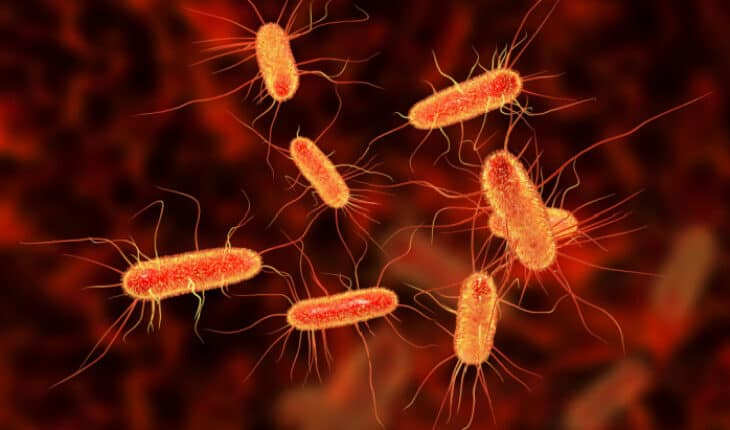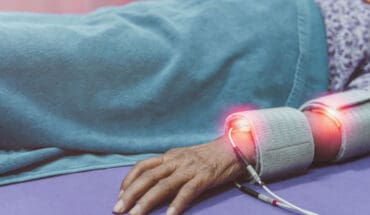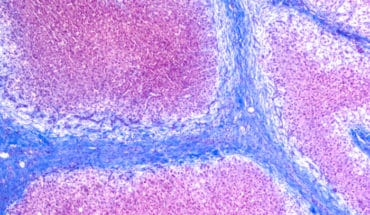Harnessing the healing power within our cells: University of Queensland researchers have identified a pathway in cells that could be used to reprogram the body’s immune system to fight back against both chronic inflammatory and infectious diseases.
Dr Kaustav Das Gupta and Professor Matt Sweet from UQ’s Institute for Molecular Bioscience discovered that a molecule derived from glucose in immune cells can both stop bacteria growing and dampen inflammatory responses.
Dr Das Gupta said the finding is a critical step towards future therapeutics that train immune cells.
“The effects of this molecule called ribulose-5-phosphate on bacteria are striking – it can cooperate with other immune factors to stop disease-causing strains of the E. coli bacteria from growing,” Dr Das Gupta said.
“It also reprograms the immune system to switch off destructive inflammation, which contributes to both life-threatening infectious diseases such as sepsis as well as chronic inflammatory diseases like respiratory diseases, chronic liver disease, inflammatory bowel disease, rheumatoid arthritis, heart disease, stroke, diabetes and dementia.”
The research was carried out on a strain of E. coli bacteria that causes approximately 80 per cent of urinary tract infections and is a common cause of sepsis.
Pre-clinical trials were used to confirm the role of this pathway in controlling bacterial infections.
Professor Sweet said human cells were also used to demonstrate that ribulose-5-phosphate reduces the production of molecules that drive chronic inflammatory diseases.
“Host-directed therapies which train our immune systems to fight infections, will become increasingly important as more types of bacteria become resistant to known antibiotics,” Professor Sweet said.
“A bonus is that this strategy also switches off destructive inflammation, which gives it the potential to combat chronic disease.
“By boosting the immune pathway that generates ribulose-5-phosphate, we may be able to give the body the power to fight back against inflammatory and infectious diseases – not one, but two of the major global challenges for human health.”
Many current anti-inflammatory therapies target proteins on the outside of cells but because this pathway occurs inside cells, the researchers devised a new approach to target the pathway using mRNA technology.
Professor Sweet said the technology has shown promising results to deliver the enzyme that generates ribulose-5-phosphate into immune cells and has been filed as a provisional patent by UniQuest, UQ’s commercialisation company.
The work involved international and national cooperation, including UQ researchers Professor David Fairlie and Professor Mark Schembri as key collaborators.
The research was published in the journal, Proceedings of the National Academy of Sciences (PNAS).
- Early onset dementia more common than previously reported - 26th July 2024
- Children’s Exposome Linked to Serum Metabolite Changes - 24th July 2024
- Is Melatonin the wonder drug of anti-aging? - 22nd July 2024






